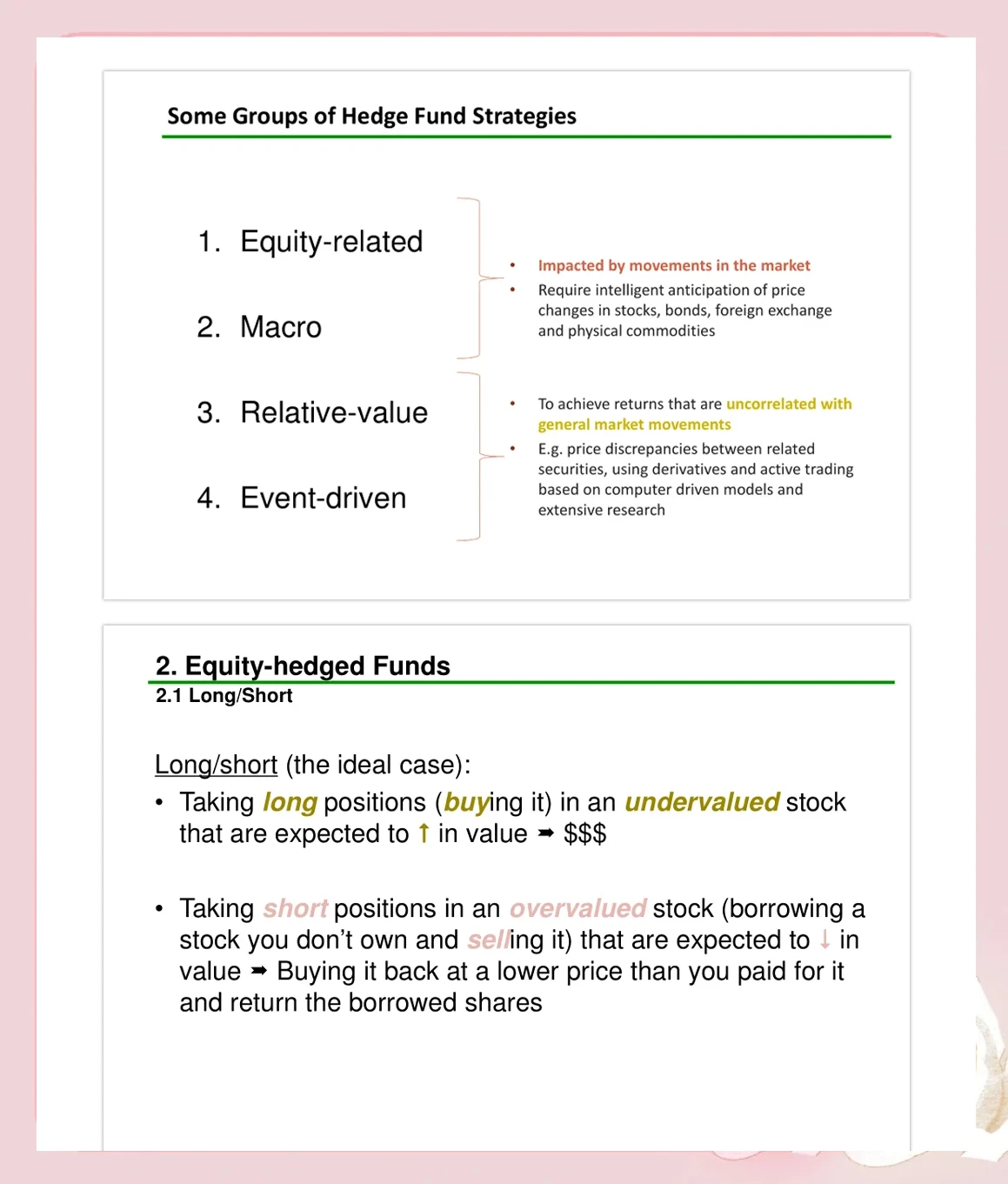====================================
Investing can be a daunting endeavor, especially in volatile markets where risk is inherent. For cautious investors, the primary goal is to preserve capital while still seeking reasonable returns. One of the most effective ways to reduce risk is through hedging. In this article, we’ll explore the best hedge options for cautious investors, offering strategies to minimize losses during uncertain times and maintain a stable portfolio.

What is Hedging in Investment?
Hedging is a risk management strategy that involves making offsetting investments to protect against potential losses in an existing position. The goal is to reduce volatility and safeguard the portfolio from significant downturns. Hedging doesn’t guarantee profits, but it can help cushion the impact of adverse market movements.
Cautious investors often seek to hedge their positions using methods that offer protection without overly sacrificing potential gains. It’s essential to understand that hedging can be both proactive (anticipating risk) and reactive (responding to existing risk).

Why is Hedging Important for Cautious Investors?
The primary reason for hedging is to manage risk. By diversifying strategies or using financial instruments to offset potential losses, cautious investors can:
- Reduce Portfolio Volatility: By protecting against market swings, investors can keep their portfolios more stable.
- Preserve Capital: Hedging helps to protect the principal investment during times of market uncertainty.
- Increase Confidence: Knowing that a hedge is in place can help investors stay more relaxed and make more informed decisions, especially during market turbulence.
However, the effectiveness of a hedge depends on the strategy and tools chosen, as well as the market environment.
Common Hedging Strategies for Cautious Investors
Below are some of the most commonly used hedging options for cautious investors. We’ll discuss their pros and cons to help you choose the best strategy for your risk tolerance and investment goals.
1. Options Trading (Put Options)
One of the most popular hedging tools is the use of options, specifically put options. A put option gives investors the right, but not the obligation, to sell a security at a predetermined price (strike price) before the option expires. Investors use put options to hedge against downside risk in their portfolios.
How It Works:
- Purchase a Put Option: By buying a put option on an asset (e.g., a stock or index), an investor can protect against a potential decrease in the asset’s price.
- If the market moves lower, the value of the put option increases, offsetting some of the losses from the underlying asset.
Pros:
- Downside Protection: A put option acts as insurance against price declines.
- Limited Risk: The maximum loss is the premium paid for the option.
- Flexibility: Investors can use puts to hedge individual stocks, ETFs, or entire indices.
Cons:
- Cost: Buying options can be expensive, especially during volatile periods when premiums rise.
- Time Decay: Options lose value over time, making them less effective for long-term hedging.
2. Inverse Exchange-Traded Funds (ETFs)
An inverse ETF is a fund that is designed to move in the opposite direction of an underlying index or asset. These ETFs gain value when the market or asset they track declines, making them useful for hedging against market downturns.
How It Works:
- Invest in Inverse ETFs: By purchasing an inverse ETF, such as one that tracks the S&P 500 or another broad index, an investor can profit when the market drops.
- These ETFs are typically used as short-term hedging tools, as their value can fluctuate significantly over time.
Pros:
- No Expiration: Unlike options, inverse ETFs do not expire, making them more flexible for long-term hedging.
- Simplicity: ETFs are relatively easy to buy and sell through a brokerage account.
- Diversification: Investors can hedge against broad market declines, rather than individual securities.
Cons:
- Tracking Error: Inverse ETFs may not perfectly track the inverse of an index over the long term.
- Costs: They tend to have higher fees than regular ETFs, especially leveraged inverse ETFs.
3. Diversification Across Asset Classes
Diversification is one of the simplest and most effective ways to hedge risk. By spreading investments across different asset classes—such as stocks, bonds, real estate, and commodities—investors can reduce the risk of a significant loss in any one category.
How It Works:
- By allocating assets across different sectors and markets, investors reduce their exposure to the volatility of any single asset class.
- If stocks are performing poorly, other assets like bonds or commodities might be performing better, thus balancing the overall portfolio.
Pros:
- Risk Reduction: Diversification helps to smooth out performance and reduce volatility.
- Long-Term Effectiveness: Unlike options or inverse ETFs, diversification is a long-term strategy that doesn’t require constant monitoring.
- Lower Costs: There are no extra transaction fees for diversifying across asset classes.
Cons:
- Limited Upside: While diversification reduces risk, it can also limit potential gains, as investors spread their investments across less correlated or lower-growth assets.
- Complexity: Managing a diversified portfolio can be time-consuming and may require more expertise.
4. Using Bonds as a Hedge
Bonds, particularly government bonds, are often used by cautious investors as a hedge against equity risk. Bonds generally have a low correlation with stocks, meaning they often perform well when the stock market declines.
How It Works:
- Invest in Safe-Haven Bonds: Investors purchase bonds, particularly Treasury bonds, which are considered low-risk and have historically performed well during stock market downturns.
- Bonds provide a steady stream of income through interest payments, and their value can increase when interest rates fall.
Pros:
- Capital Preservation: Bonds are less volatile than stocks and provide a safer investment, especially government bonds.
- Steady Income: Bonds pay regular interest, which can be reinvested or used as income.
- Diversification: Bonds help to balance out the risk in a portfolio primarily composed of stocks.
Cons:
- Lower Returns: Bonds generally offer lower returns than equities, especially in a low-interest-rate environment.
- Interest Rate Risk: Rising interest rates can lead to bond price declines, potentially negating some of the hedge benefits.
How to Choose the Right Hedge Strategy
When selecting a hedging strategy, it’s important to consider your investment goals, risk tolerance, and time horizon. Each strategy offers different levels of protection and complexity, and the right choice will depend on the investor’s circumstances.
Factors to Consider:
- Risk Tolerance: More conservative investors may prefer options like bonds or inverse ETFs for their relative stability, while more aggressive investors may use options or futures to hedge specific risks.
- Time Horizon: For long-term hedging, diversification and bonds are often the best options. For short-term protection, options and inverse ETFs are more appropriate.
- Cost: Some hedging strategies, like options, can be expensive due to premiums and fees. Diversification may be less costly but could limit returns.
FAQ
1. What is the best hedge strategy for a conservative investor?
For conservative investors, diversification and bond allocations are typically the best hedge strategies. These approaches provide stability and help protect against downturns without exposing the investor to significant risks.
2. How can options be used as an effective hedge?
Options, specifically put options, are effective tools for hedging because they allow investors to profit from a market decline. They act as insurance against downturns, but they come with costs, such as premiums and time decay.
3. Are inverse ETFs suitable for long-term hedging?
Inverse ETFs are generally better suited for short-term hedging. Due to the way they track the inverse of an index, they may suffer from tracking errors over long periods, making them less effective for long-term strategies.
Conclusion
Hedging is a crucial strategy for cautious investors looking to protect their portfolios against market volatility. Whether using options, inverse ETFs, diversification, or bonds, each strategy offers different levels of protection and complexity. By choosing the right hedge option based on risk tolerance, time horizon, and cost, investors can safeguard their investments and sleep easier knowing that their capital is protected.
Exploring various hedging techniques and finding the right one for your situation will provide peace of mind and increase your confidence in navigating unpredictable markets.

0 Comments
Leave a Comment